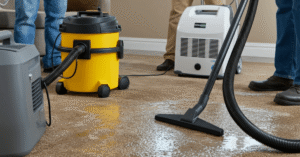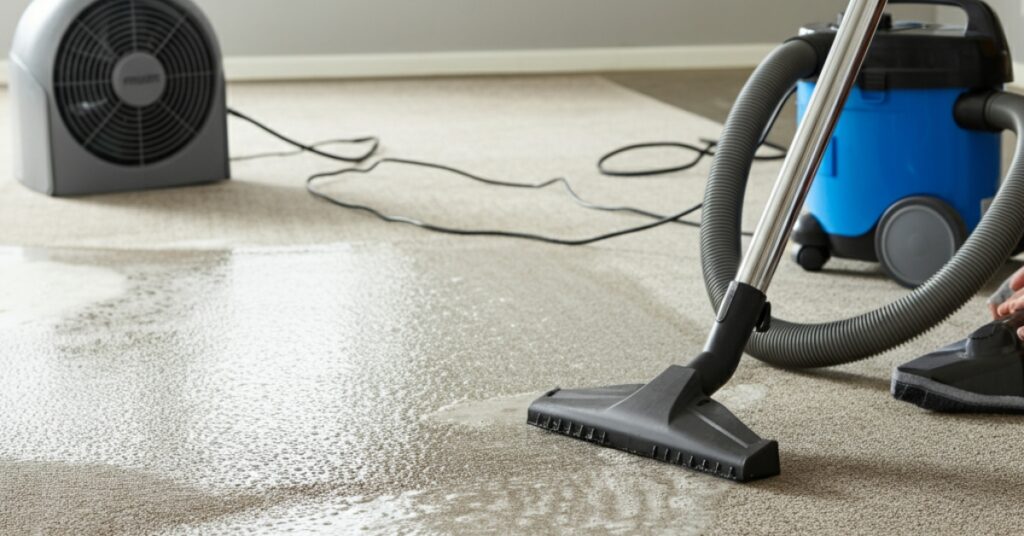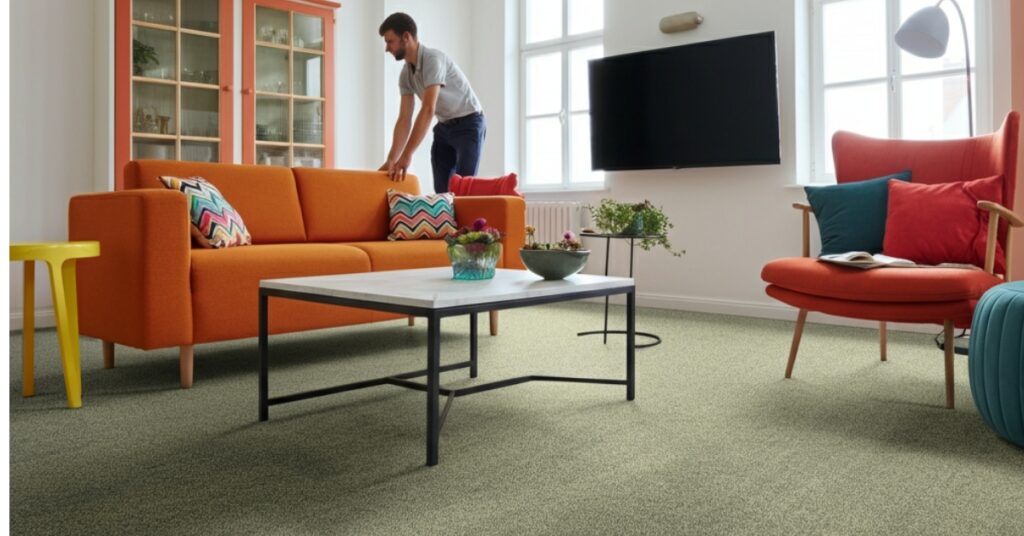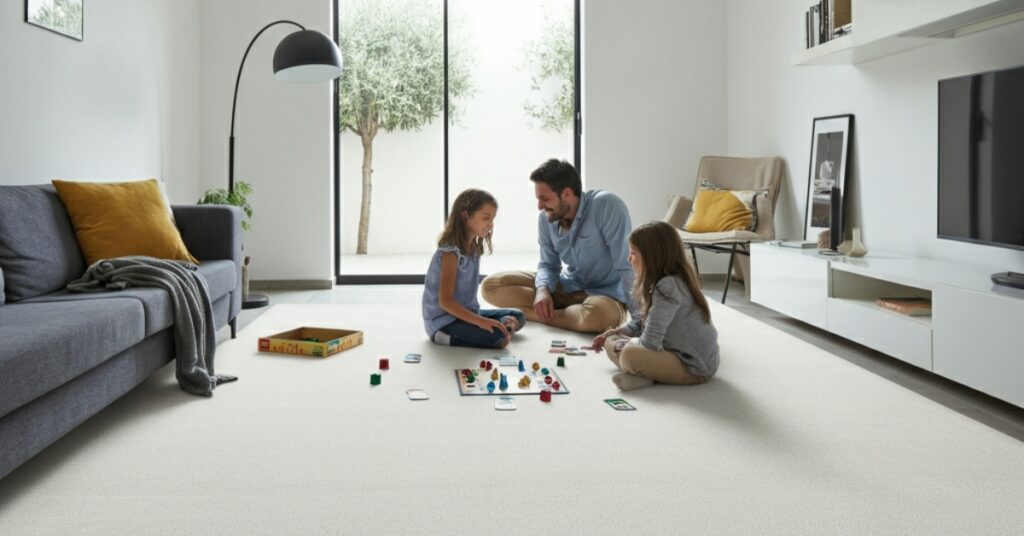As an Amazon Associate, I earn from qualifying purchases.
Waiting for a freshly cleaned carpet to dry can feel like watching paint dry, only damp. Knowing how to get carpet to dry faster is essential not just for convenience but also for preventing issues like mold, mildew, and lingering musty odors. A wet carpet can disrupt your household routine for hours, or even days if not handled properly.
This article provides a comprehensive overview of effective methods and professional tips to accelerate the carpet drying process. From simple ventilation techniques to using specialized equipment, you will learn practical steps to restore your carpet to its dry, comfortable state quickly and safely. Following these suggestions will help protect your investment and maintain a healthy indoor environment.
Why a Damp Carpet is a Problem
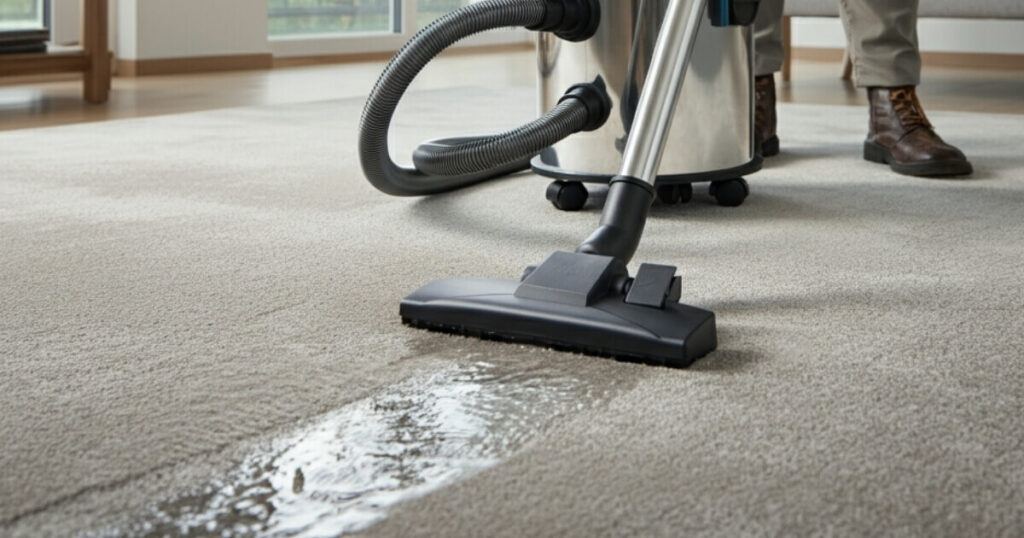
Leaving a carpet wet for too long is more than just an inconvenience; it can lead to significant problems. Understanding these risks highlights the importance of drying your carpet quickly after cleaning or a spill.
First and foremost, a damp environment is the perfect breeding ground for mold and mildew. These fungi can begin to grow within 24 to 48 hours in moist conditions. Once they take hold, they can cause unpleasant odors, stain your carpet, and release spores into the air, which may trigger allergic reactions and respiratory issues for your family. Furthermore, prolonged moisture can damage the carpet backing and the subfloor beneath, potentially leading to expensive repairs.
Essential Preparation Before Drying
Proper preparation can significantly speed up the drying process. Before you even begin cleaning, have a plan for how you will dry the carpet afterward. This includes gathering the necessary tools and setting up the room for optimal airflow.
A crucial first step is to remove as much excess water as possible immediately after cleaning. Professional carpet cleaning services use powerful extraction equipment, but if you’re doing it yourself, you can rent a high-powered wet vacuum. Going over the carpet an extra time with the extraction tool can pull out a surprising amount of additional moisture, giving you a head start on the drying process.
Creating Airflow to Speed Up Drying
One of the most effective strategies for drying a carpet faster is to create strong, consistent airflow across its surface. Air movement helps to evaporate moisture from the carpet fibers more rapidly. The goal is to replace the moist, humid air sitting above the carpet with drier air.
To achieve this, open windows and doors on opposite sides of the room to create a natural cross-breeze. This simple action allows fresh, dry air to circulate, pushing the damp air out. If the weather doesn’t permit opening windows, you can still use fans to generate the necessary airflow, which we will cover next.
Using Fans to Dry Carpet Faster
Fans are your best friends when it comes to expediting carpet drying. They are a cost-effective and readily available tool for increasing air circulation directly over the carpet’s surface. Strategic placement is key to maximizing their effectiveness.
Place several fans around the perimeter of the room, angling them to blow air across the carpet rather than directly down onto it. Box fans, oscillating fans, and even ceiling fans can all contribute. For particularly damp areas, using specialized, high-velocity carpet fans (also known as air movers or blowers) can make a substantial difference. You can often rent these from hardware or home improvement stores.
The Role of Dehumidifiers
While fans move air around, a dehumidifier works by actively pulling moisture out of the air. This makes the air drier, which in turn helps it absorb more moisture from your carpet. Using a dehumidifier in conjunction with fans is a powerful combination for fast drying.
For the best results, place the dehumidifier in the center of the room. Close all windows and doors to create a contained environment, allowing the machine to work as efficiently as possible. Be sure to empty the dehumidifier’s collection tank regularly, as it will fill up quickly when pulling moisture from a wet carpet.
Let the Heat Help
Applying a moderate amount of heat can also help to speed up the evaporation process. However, it is crucial to use heat cautiously, as excessive heat can damage certain types of carpet fibers or even cause the backing to shrink or warp.
A safe way to introduce heat is to turn on your home’s central heating system. Set the thermostat to a comfortable temperature, around 72-78°F (22-26°C). This gentle, consistent warmth will encourage moisture to evaporate without posing a risk to your carpet. Avoid using portable space heaters, as they can create dangerous hot spots.
Professional Tools for Faster Drying
If you need your carpet dry in the shortest amount of time, consider using professional-grade equipment. Carpet cleaning companies have access to powerful tools designed specifically for rapid drying, and many of these are available for rent.
Air movers, as mentioned earlier, are significantly more powerful than standard household fans. They are designed to direct a strong, focused stream of air across a wide area of the carpet. Combining these with a commercial-grade dehumidifier can reduce drying time from days to just a few hours.
Additional Tips and Tricks
Beyond the main methods, there are several other small but effective tricks you can use to help your carpet dry faster.
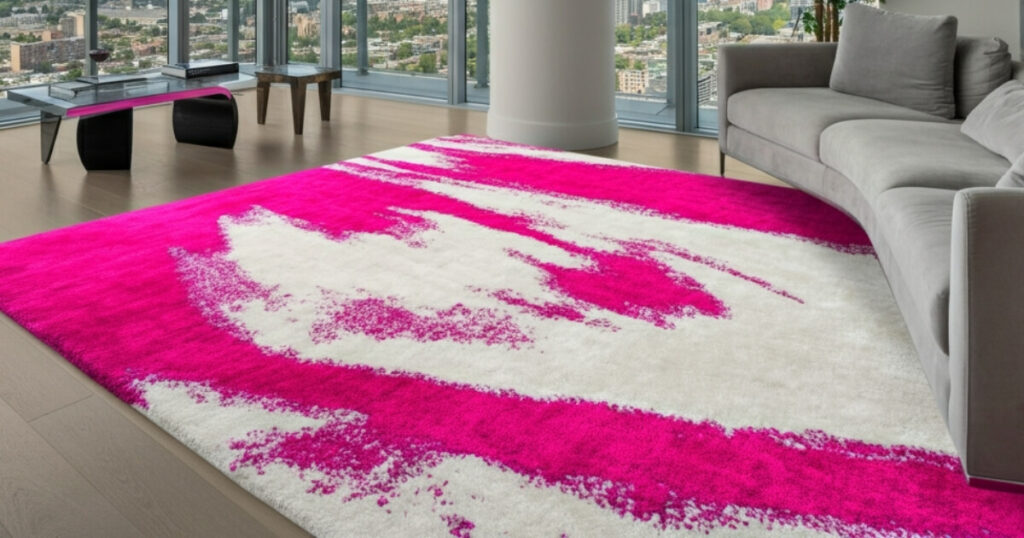
First, try using clean, dry towels. Lay them over particularly damp spots and walk on them. Your body weight will help the towels absorb a surprising amount of residual moisture from the carpet fibers. Replace the towels with dry ones as they become saturated. Secondly, if you have a wet/dry vacuum, use it to perform a few “dry passes” over the carpet. This can help suck up any remaining surface water.
What to Avoid When Drying Your Carpet
While you want to dry your carpet quickly, some methods can do more harm than good. It is important to know what not to do to avoid damaging your carpet or creating a hazardous situation in your home.
Never use a space heater or hairdryer directly on the carpet. The concentrated, high heat can melt synthetic fibers, scorch natural fibers, and damage the carpet’s latex backing. Also, avoid walking on the damp carpet with street shoes, as this can grind dirt into the wet fibers, leading to permanent stains. Try to limit foot traffic as much as possible until it is completely dry.
Frequently Asked Questions
1. How long does it take for a carpet to dry naturally?
Yes, a carpet can take anywhere from 6 to 12 hours to dry on its own under ideal conditions. However, factors like high humidity, poor ventilation, and the thickness of the carpet can extend this time to 24 hours or even longer.
2. Can I walk on the carpet while it’s drying?
It is best to avoid walking on a wet carpet. If you must, wear clean, white socks or indoor-only slippers to prevent transferring dirt onto the clean, damp fibers. Heavy foot traffic can flatten the carpet pile and make it harder to dry.
3. Is it safe to turn on the AC to dry a carpet?
Yes, turning on your air conditioning can help dry a carpet. The AC system not only cools the air but also dehumidifies it, which aids the evaporation process. It’s a great option during hot, humid weather when opening windows isn’t practical.
4. What’s the fastest way to get a carpet to dry?
The fastest way is to combine several methods. Start by extracting as much water as possible, then use a combination of air movers (carpet fans), a dehumidifier, and your central heating system set to a moderate temperature.
5. How can I tell if my carpet is fully dry?
To check if your carpet is dry, press a clean paper towel firmly into the fibers in several different spots, especially in the thickest areas. If the paper towel remains completely dry, your carpet is ready for regular use. Also, feel the padding underneath if possible, as it can sometimes hold onto moisture longer than the surface fibers.
Final Verdict
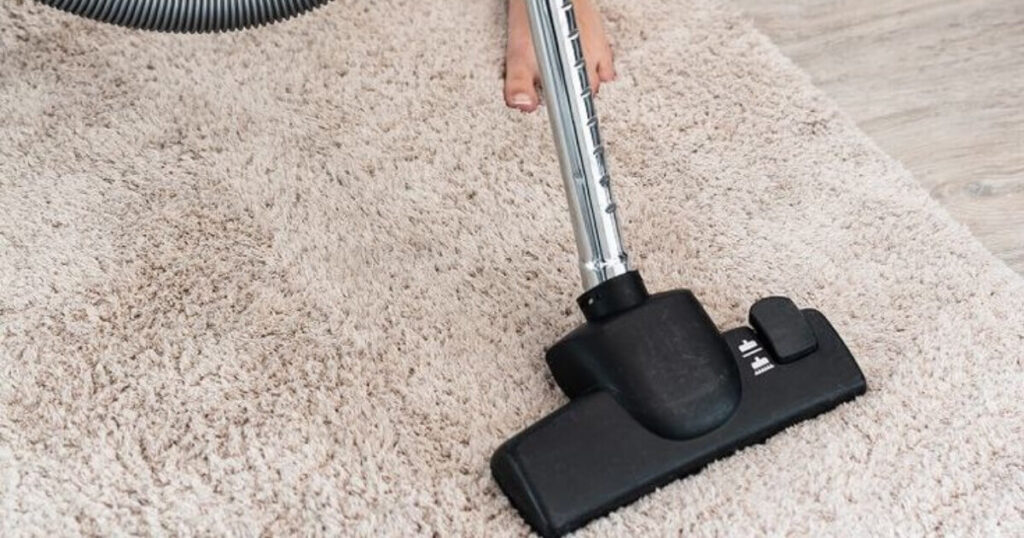
Knowing how to get carpet to dry faster is a valuable skill for any homeowner. By using a combination of good airflow, dehumidification, and gentle heat, you can significantly reduce drying time and prevent the growth of mold and mildew. This proactive approach not only gets your room back in use sooner but also protects the health of your family and the longevity of your carpet.
Remember that a little extra effort after cleaning goes a long way. Whether you’re using household fans or renting professional equipment, the goal is to create an environment that encourages rapid evaporation. By following these steps, you can ensure your carpet remains clean, fresh, and dry.
As an Amazon Associate, I earn from qualifying purchases.

